The Master System was one of the most iconic consoles of the 8-bit era and, despite facing stiff competition from the NES, established itself as one of the most beloved video game systems in Brazil and Europe. Released by SEGA, the console featured titles that are still remembered today for their creativity, memorable soundtracks, and addictive gameplay.
More than just games, these experiences helped shape the gaming identity of an entire generation, with adventures ranging from magical, colorful worlds to intense space battles. Revisiting these classics is like opening a portal to a time when technical simplicity was offset by charisma and challenge.
In this list, we'll explore 10 essential Master System games that not only defined their era but continue to influence the industry to this day. From Alex Kidd to Phantasy Star, each title carries its own historical weight and importance in shaping the collective memory of video games.
Alex Kidd in Miracle World
Few games define the Master System's identity as well as Alex Kidd in Miracle World. Released in 1986, the title was created as SEGA's direct response to Nintendo's Mario, serving as the company's temporary mascot until Sonic's arrival. The game blends platforming with unusual elements, such as battles resolved through matches of Rock, Paper, Scissors. This characteristic, besides being intriguing, brought a sense of unpredictability that could both delight and frustrate players.
The level design is varied and full of secrets, from underwater environments to mountain and castle levels. The gameplay, although somewhat slippery, had its own personality, especially with the use of the iconic "Peticopter" vehicle. The game was also known for its high difficulty, requiring quick reflexes and memorization of enemy patterns.
For many Brazilians, Alex Kidd was their first experience with video games, as the title was built into the memory of several Master System models released in the country. This closeness made it a true cultural symbol, fondly remembered to this day. More than just a game, it represents a childhood milestone for thousands of gamers.
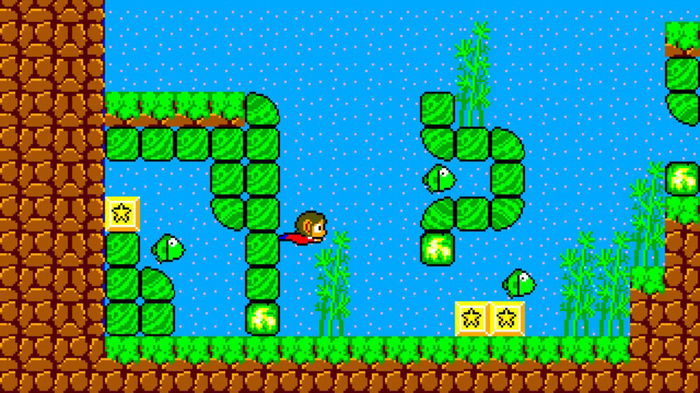
Castle of Illusion
Released in 1990, Castle of Illusion Starring Mickey Mouse was one of the most impressive games on the Master System, proving that an 8-bit console could still offer magical and visually enchanting experiences. The title pits Mickey Mouse against the witch Mizrabel on a journey to rescue Minnie Mouse in a platforming adventure brimming with creativity.
The first thing that catches our eye is the visuals. Despite the hardware limitations, the graphics are colorful and detailed, perfectly conveying the fairytale atmosphere. The soundtrack is equally striking, featuring songs that became unforgettable for those who grew up with the game.
In terms of gameplay, Castle of Illusion blends precision with an accessible pace, being less punishing than other games of the time. The attack system, in which Mickey defeats enemies by jumping on them with a "bounce," brought dynamism and personality. Each level is themed and brimming with creativity, like the magical forest or the dark castle.
The game also helped cement SEGA's relationship with Disney, a partnership that yielded other major console hits. For many players, Castle of Illusion was their first experience with a licensed title that truly felt like an extension of the original animated universe. A classic that remains magical to this day.
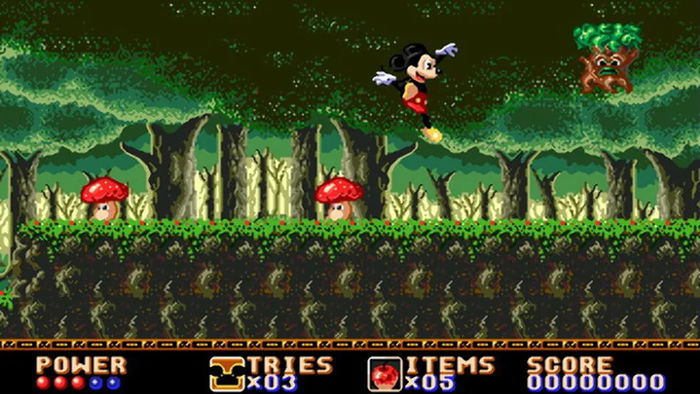
Vampire: Master Of Darkness
Released in 1992, Vampire: Master of Darkness is often called "SEGA's Castlevania". And for good reasons: the game features a gothic atmosphere, exploration in dark environments, and battles against supernatural creatures. In it, we control the psychologist Dr. Social, who faces vampires and other supernatural threats in the heart of Victorian London.
The title's greatest distinguishing feature is its setting. While Castlevania takes place in more fantasy settings, Master of Darkness delves into real-life locations like the River Thames, the London cemetery, and even Jack the Ripper's house. This brings a unique charm and a sense of immersion that few 8-bit games could offer.
The gameplay is solid, with a varied weapon system ranging from knives to swords and whips. The pacing of the levels is well-balanced, alternating between frenetic action and careful exploration. The enemy and boss designs are also creative, offering a fair yet engaging challenge.
Although it hasn't achieved the same status as Castlevania, Vampire: Master of Darkness has become a cult classic among Master System fans. Its gothic atmosphere, combined with well-crafted gameplay, make it a hidden gem that deserves to be rediscovered. For those who enjoy retro horror and action, it's a must-play.
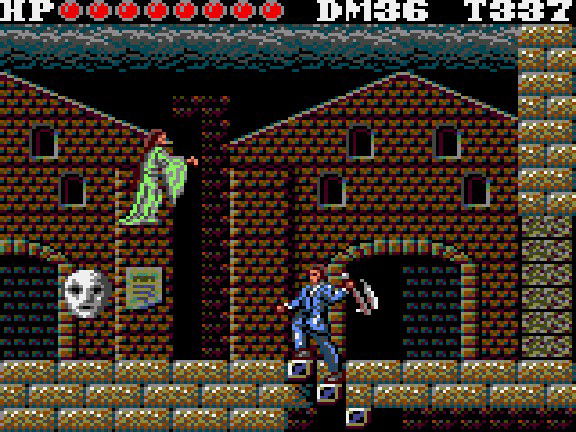
Wonder Boy in Monster Land
Wonder Boy in Monster Land is one of SEGA's most important titles for the Master System, released in 1987. Unlike the first game in the franchise, which focused on simpler platforming, this installment brought a significant evolution by blending RPG elements, exploration, and character progression, something bold for the time. The result was a game that stood out for its depth, offering an experience far beyond jumps and common enemies.
As the hero known as Wonder Boy, the player embarks on a journey to defeat the terrible dragon that threatens the kingdom. To do so, it's not enough to simply progress through the levels: it's necessary to collect coins, buy weapons, armor, and potions, and manage the character's health strategically. This system introduced a new layer of customization, allowing each player to choose the best equipment to face the challenges.
Another strong point of the game is its level design. Each scenario features varied enemies, hidden secrets, and even NPCs who give hints or offer items. This blend of action and interaction created a more vivid sense of adventure, as if the world were truly inhabited. The simple yet captivating soundtrack completed the atmosphere.
Wonder Boy in Monster Land was essential in shaping the future of the franchise, paving the way for even more ambitious titles like The Dragon's Trap. To this day, it is remembered as a milestone in the transition from linear action games to the hybrid experiences that would give rise to modern action RPGs.
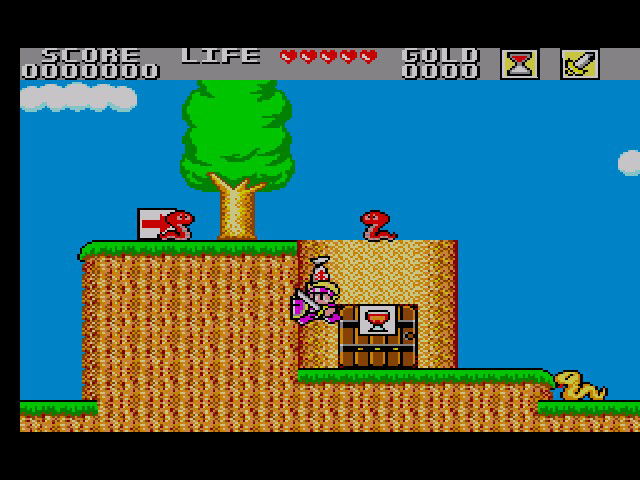
Ninja Gaiden
When we talk about Ninja Gaiden, most people think of the NES version. However, the Master System received its own exclusive version in 1992, which surprisingly featured a brand-new adventure. Here, Ryu Hayabusa must stop the Shadow Cult that threatens to take over the world.
What immediately catches your eye is the quality of the graphics. The game features detailed environments, vibrant colors, and fluid animations, surpassing what the NES offered in some respects. The gameplay has also been adapted to be more precise, maintaining the intensity and fast pace characteristic of the franchise.
The biggest difference from the Nintendo version is the focus on exploration. The Master System's Ninja Gaiden features more open levels, with multiple paths and secrets to discover, even approaching Metroidvania elements. This aspect makes it unique within the series.
The soundtrack is another strong point, with music that perfectly matches the action and creates a dark ninja atmosphere. The challenge, as usual, is steep, requiring quick reflexes and mastery of combat mechanics.
While it hasn't achieved the same fame as the NES version, Ninja Gaiden on the Master System is a hidden gem. For fans of the franchise and challenging games, this forgotten console gem is worth rediscovering.
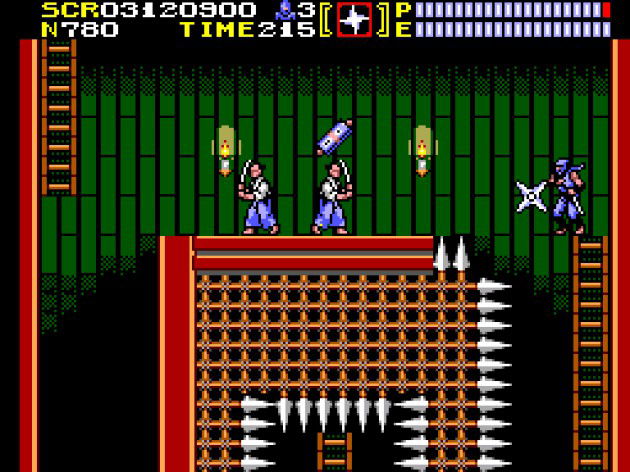
Power Strike II
Released in 1993, Power Strike II is considered one of the best shmup games ever made for the Master System. It's a sequel to Aleste (known in the West as Power Strike) and showcases the console's impressive ability to deliver intense, visually-rich action.
The game's backdrop is a universe of air pirates in a steampunk world, offering a distinct visual identity from other space shooters of the time. The level design is varied, with environments ranging from deserts to flying fortresses, always teeming with enemies and obstacles.
The weapons system is one of its highlights. Players can collect power-ups that completely transform their attack style, allowing for a wide variety of strategies. The speed of the action, combined with the sheer number of elements on screen, was impressive for 8-bit standards.
Another highlight is the difficulty level. Power Strike II is challenging but balanced, offering a fair learning curve that rewards practice. The bosses, in particular, are memorable and require careful attention to their attack patterns.
Today, the game is one of the rarest and most prized on the Master System, a true collector's item. For shmup fans, it's a masterpiece that shows how the genre could shine even on limited consoles.
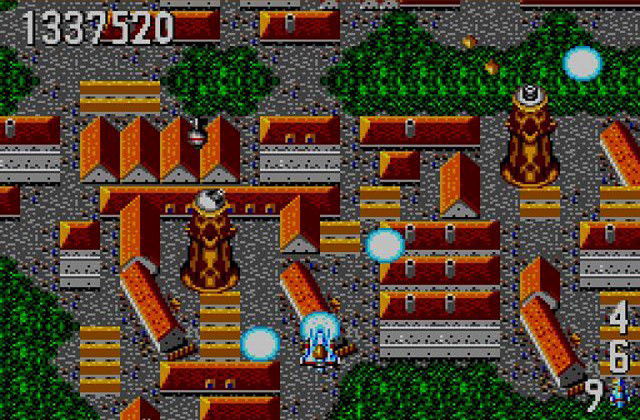
R-Type
The game puts the player in control of the R-9 spaceship, battling the alien empire Bydo. R-Type's distinguishing feature has always been its more strategic pace compared to other shooters of the time. Instead of simply shooting frantically, the player must learn enemy patterns and use the "Force" energy capsule intelligently.
On the Master System, the game received a faithful adaptation, with well-crafted graphics and fluid gameplay. Although some details were simplified, the essence remained intact. The difficulty curve is relentless, challenging players' reflexes and patience.
The soundtrack, even adapted, maintains the tense and immersive space atmosphere. Each level introduces new enemies and creative obstacles, maintaining a sense of freshness with each progress. R-Type on the Master System was a milestone, demonstrating that the console could deliver complex and challenging experiences even with limited hardware. It's an essential title for any shmup fan or anyone looking to revisit one of the genre's cornerstones.
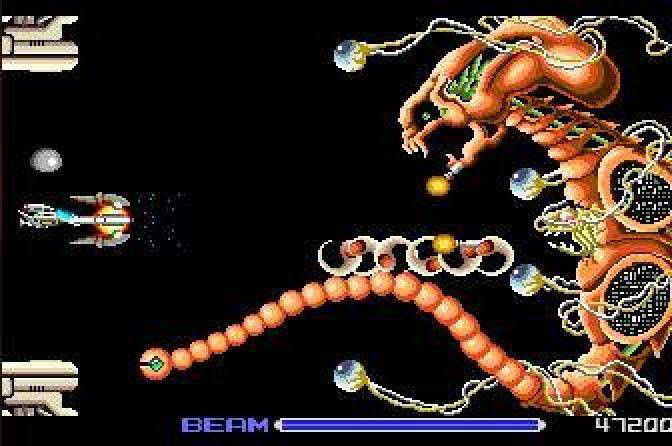
Land of Illusion
After the success of Castle of Illusion, SEGA released Land of Illusion Starring Mickey Mouse in 1992, further expanding the partnership with Disney. This sequel brought significant improvements and cemented Mickey as one of the Master System's most beloved characters.
The story pits Mickey against the backdrop of a stolen magical jewel, essential to bringing joy back to the kingdom. The simple yet charming narrative works perfectly within the game's context, maintaining the fairytale atmosphere.
Gameplay-wise, Land of Illusion introduced longer and more complex levels, encouraging exploration. The skill system was also expanded, allowing Mickey to acquire new powers as he progressed. This progression created a greater sense of adventure compared to the previous game.
The graphics are another highlight, even more detailed and colorful than Castle of Illusion. The soundtrack is also enchanting, with melodies that perfectly capture the magical spirit of Disney.
Although released late, when the Genesis was already dominating the market, Land of Illusion stands out as one of the Master System's last great classics. For fans of the character and platformers, it's an unforgettable experience that showcases the console at its creative peak.
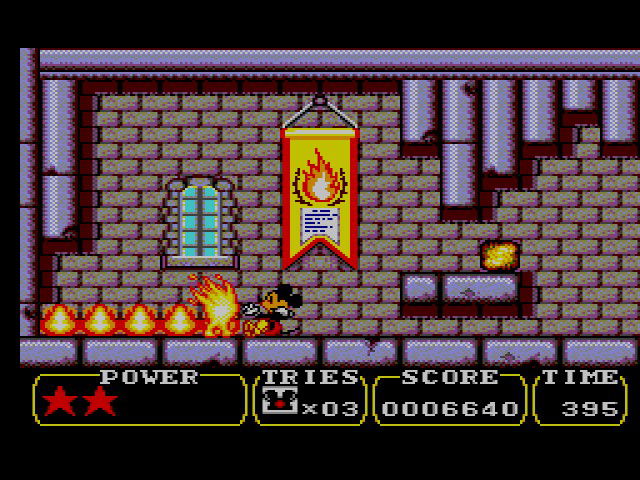
Sonic The Hedgehog
Released in 1991, Sonic The Hedgehog for the Master System is a special chapter in SEGA's history. Contrary to popular belief, it's not just a simplified version of the Genesis’ game. This edition was developed independently, with its own levels, mechanics, and even soundtrack.
The Master System's Sonic is less frenetic, as the console couldn't reproduce the same speed as the 16-bit system. However, this isn't a flaw, but rather a unique feature. The game focuses more on exploration and precision, offering a different yet equally fun experience.
The graphics are vibrant and detailed, taking full advantage of the console's capabilities. The soundtrack, composed by Yuzo Koshiro, is a spectacle in itself, with songs that defined an era. Levels like Green Hill Zone and Bridge have become classics in their own right.
Another distinguishing feature is the higher difficulty, especially due to the elaborately designed levels and treacherous traps. This made the game more challenging and increased its replayability. Sonic on the Master System isn't just a "poor cousin" of the Mega Drive version. It's a complete, creative, and essential game that solidified the blue mascot as the true symbol of SEGA across all platforms.
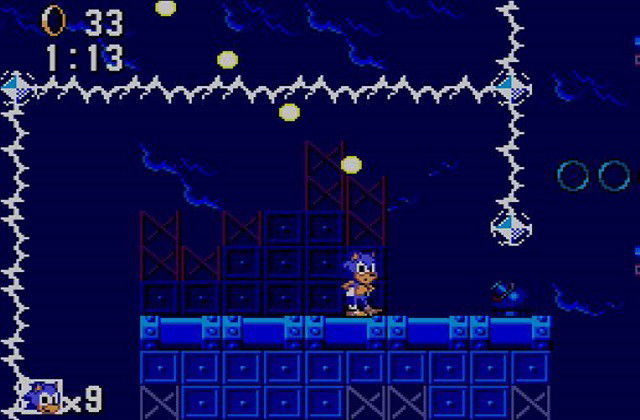
Phantasy Star
Closing our list, we couldn't leave out Phantasy Star, released in 1987. Considered one of the most revolutionary RPGs of the 8-bit era, it showed the world that the Master System could go far beyond action and platform games.
The game is set in the Algol star system, where Alis, the protagonist, sets out on a journey to defeat the tyrant Lassic. The big news here is having a heroine in a leading role, something rare for the time.
Phantasy Star impresses with its vast world, detailed graphics, and bold blend of fantasy and science fiction. The first-person battle system, combined with three-dimensional dungeons, was extremely innovative for 1987. Furthermore, the game was fully translated into Portuguese in its Brazilian version, which made it even more accessible and popular in Brazil.
The epic and striking soundtrack perfectly complements the adventure. The high difficulty was also part of the experience, demanding dedication and strategy from players. Phantasy Star not only solidified the Master System as a console capable of deep experiences, but also launched one of the most respected RPG franchises in video game history. A true treasure that marked generations.
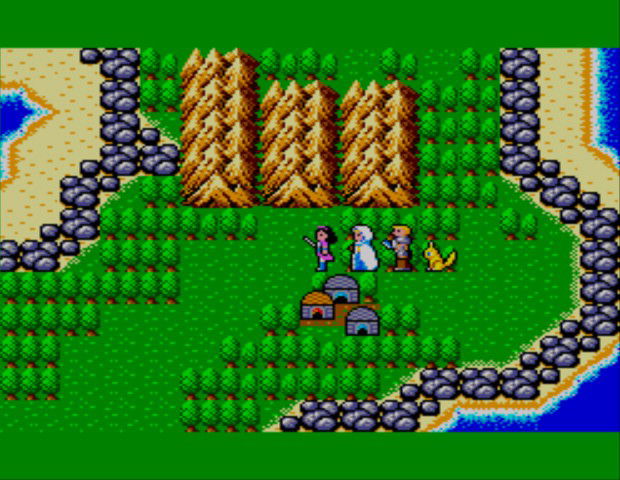
Conclusion
The Master System may’ve lost the commercial battle against the NES, but it won in the hearts of millions of gamers, especially in Brazil.
Its games marked an era not only for their fun but also for their creative boldness, charismatic characters, and innovation within technical limitations.
From Alex Kidd to Phantasy Star, each title listed here represents a piece of video game history and proves that the magic of the 8-bit system lives on to this day. Revisiting these classics isn't just about nostalgia: it's about recognizing the importance of a console that helped shape gamer culture.









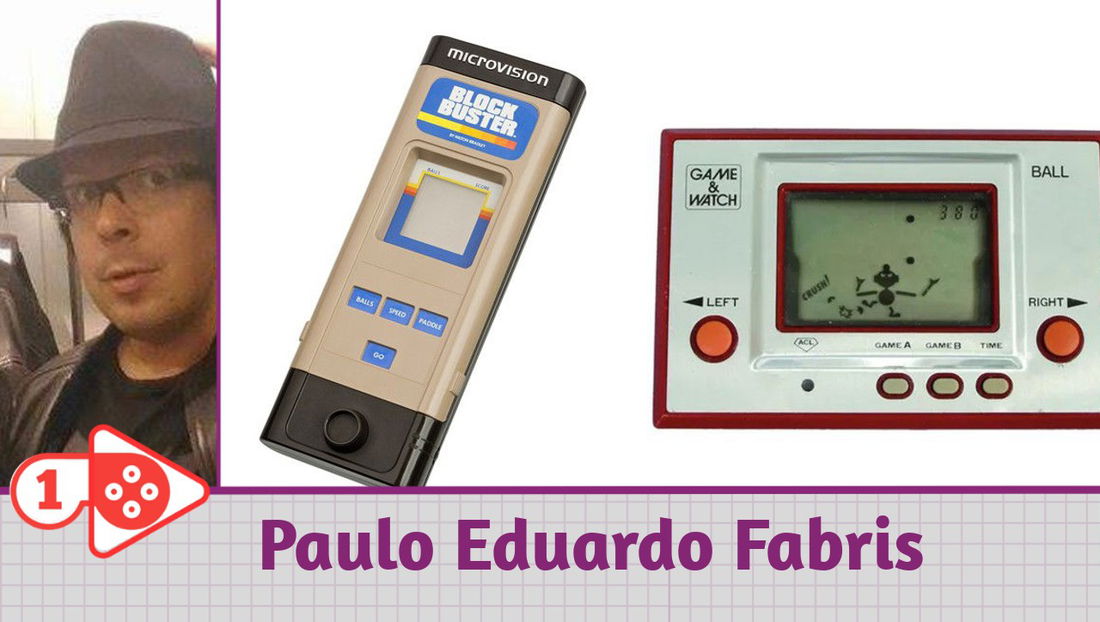
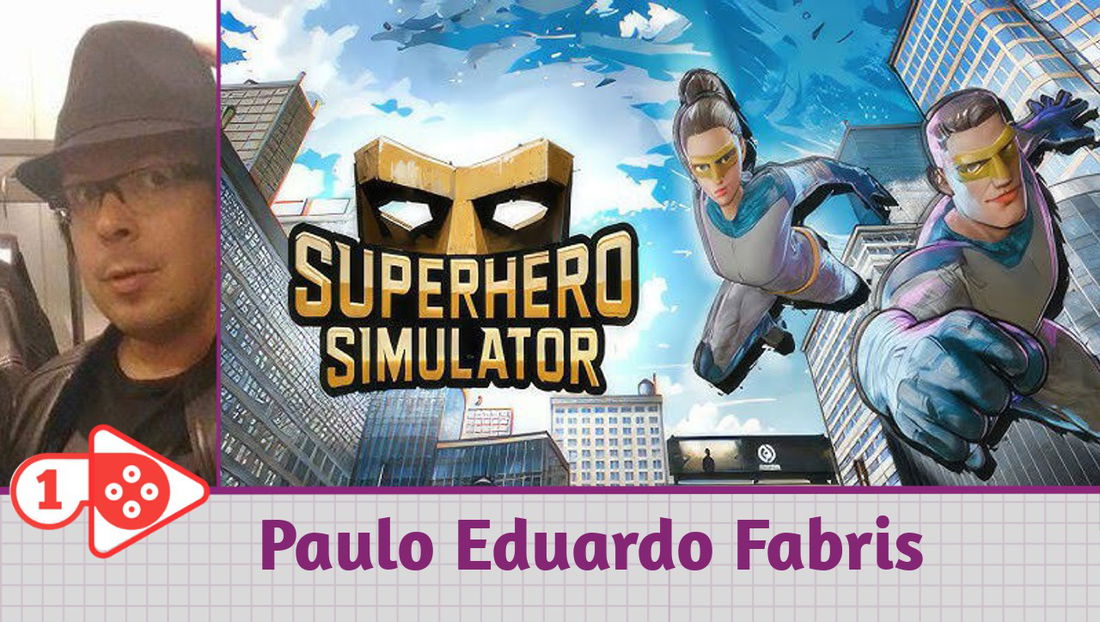



— Comments 0
, Reactions 1
Be the first to comment